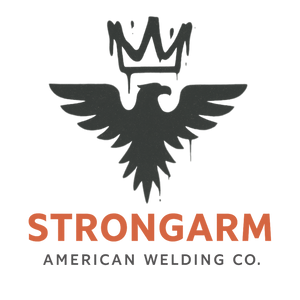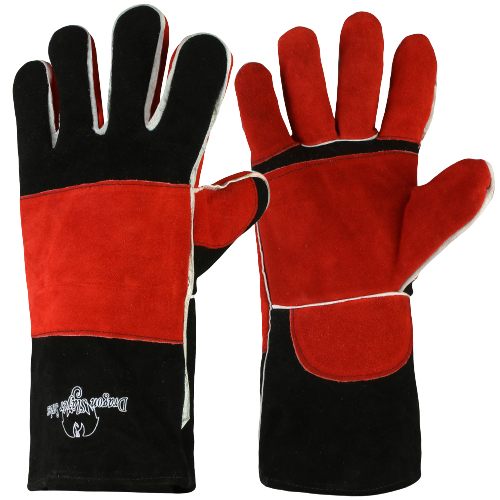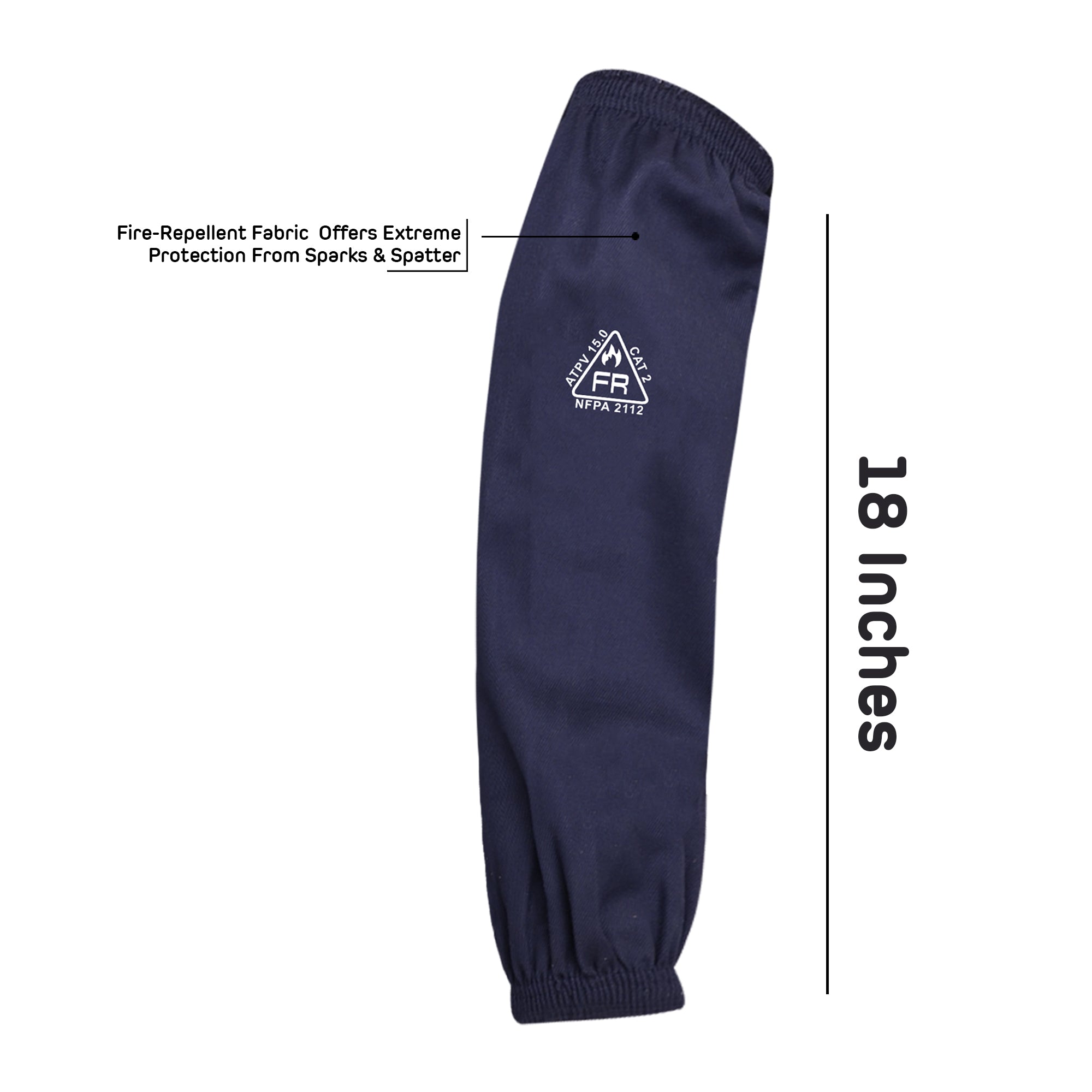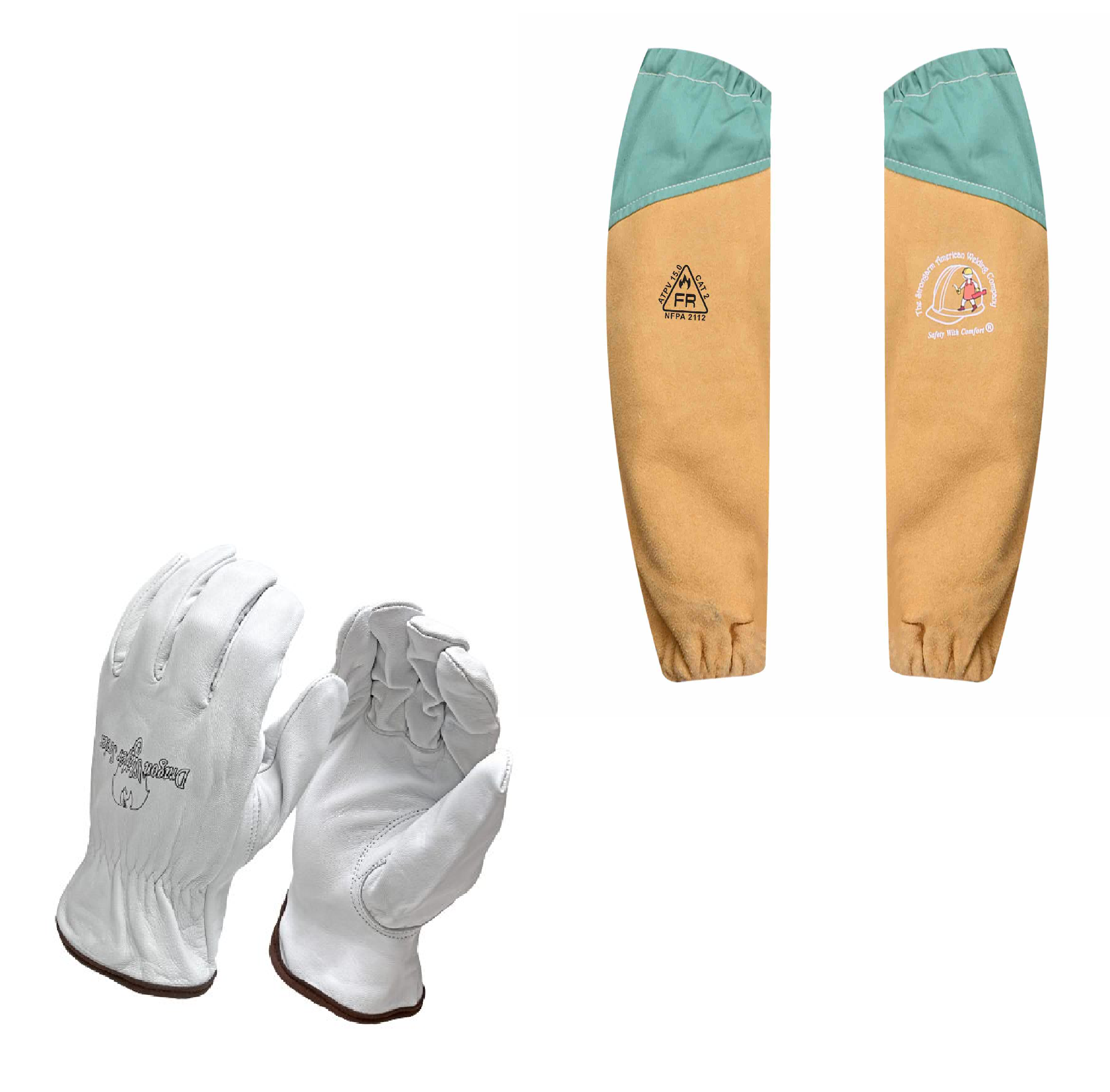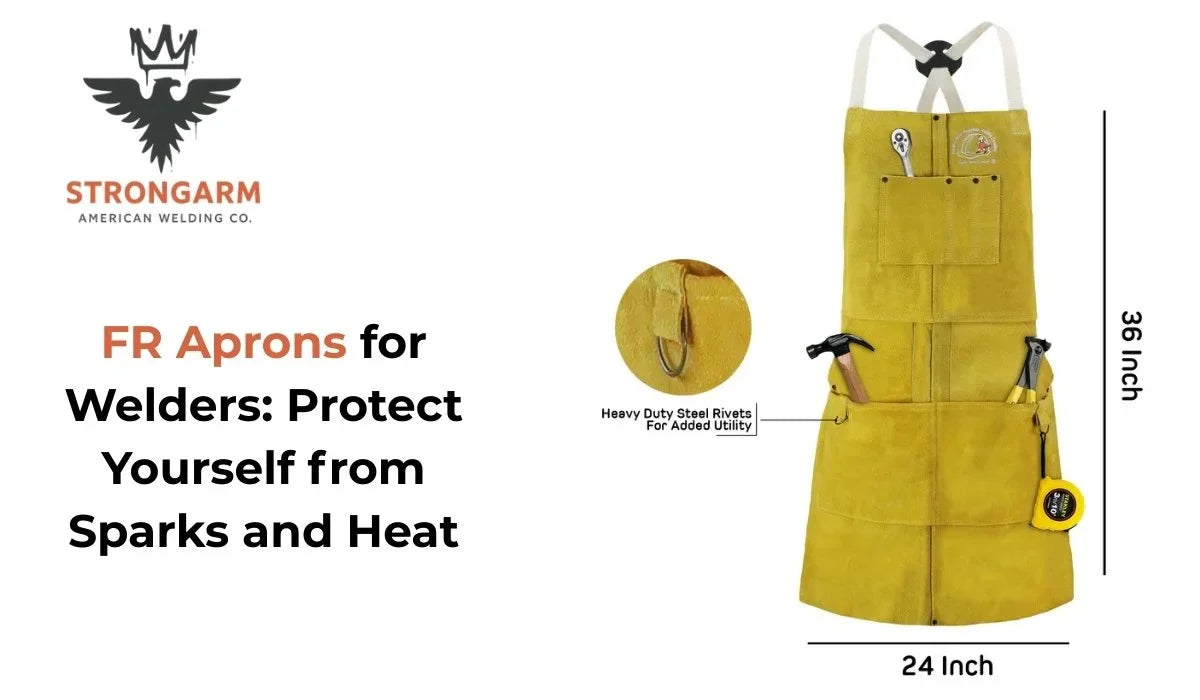When it comes to welding, safety is never optional, it’s a strict necessity. Every spark, flame, and molten metal droplet poses a potential threat, and without proper protection, even the most experienced welder can face serious injuries. That’s why understanding and wearing the right Welding Protective Gear can make the difference between a safe workday and a dangerous accident. In the USA, where industrial standards continue to rise and workplace safety regulations remain strict, welders must equip themselves with high-quality gear that shields them from burns, UV rays, debris, and toxic fumes. Companies like Strongarm Welding emphasize the importance of proper protection, ensuring that welders, not risks, stay in control. In this comprehensive guide, you’ll discover exactly what you must wear for maximum safety, why each piece matters, and how choosing the right equipment supports long-term performance and confidence on the job.
Why Welding Protective Gear Matters More Than Ever
As welding environments evolve, so do the risks associated with them. Modern welders often handle higher heat levels, more complex materials, and different welding methods, all of which require complete protection. In the USA, industries such as manufacturing, automotive, construction, aviation, and shipbuilding rely on welders daily, making safety a core priority. Strongarm Welding encourages welders to invest in reliable gear that meets or exceeds OSHA standards, because proper equipment doesn’t just protect the body, it protects careers. Without the right helmet, gloves, clothing, or boots, a welder exposes themselves to burns, arc flash, cuts, and long-term respiratory problems. Welding produces intense ultraviolet and infrared radiation, making eye and skin protection crucial. Sparks can easily ignite clothing, and superheated metal fragments can embed into unprotected skin.
Essential Head and Eye Protection: The Welding Helmet
The welding helmet is the centerpiece of safety. It shields the eyes, face, and head from sparks, blinding light, debris, and heat. Whether you’re performing MIG, TIG, or stick welding, a high-quality helmet prevents arc eye, a painful condition caused by UV and IR radiation. Today’s helmets offer auto-darkening lenses, better adjustability, lightweight frames, and extended coverage to enhance comfort during long shifts. Many welders also pair their helmets with Leather Welding Sleeves for added arm protection, especially when working in high-spark environments. Strongarm Welding’s gear recommendations usually include helmets designed for durability and clarity, because welders must see their work clearly while staying protected. A good helmet increases accuracy, reduces fatigue, and ensures that every weld is clean, strong, and precise. Many USA welders prefer helmets with fast darkening response time, adjustable shade levels, and breathable designs, making them ideal for both beginners and professionals.
The Importance of Protective Clothing and Flame-Resistant Wear
Welding clothing isn’t just fabric—it’s your first line of defense against sparks and molten spatter. Materials like cotton or polyester offer little protection and can easily ignite. That’s where heavy-duty welding apparel makes all the difference. Items such as Leather Welding Jackets provide thick, heat-resistant coverage that protects the upper body from burns and abrasion. These jackets are built to withstand extreme temperatures, making them a necessity for anyone welding regularly. Similarly, Leather Welding Sleeves offer an alternative for welders who want more flexibility while still protecting their arms. Sleeves are especially useful in hot climates or when working on overhead or tight-space jobs. Some welders prefer Leather Welding Aprons for added lower-body coverage that protects against falling sparks and spatter. Strongarm Welding often highlights that wearing the right clothing is crucial because even the smallest spark can cause serious injuries or long-lasting scars if the body is exposed. When welders suit up with proper materials, they stay safe, confident, and able to work for longer hours without unnecessary interruptions.
Hand Protection: Why Welding Gloves Are Essential
Your hands are in constant contact with tools, machinery, and heated metal, making protective gloves one of the most important pieces of gear you’ll ever wear. Leather Welding Gloves protect against heat, abrasion, cuts, and electrical hazards. They also give welders the grip and stability they need to control their tools. Many gloves are designed with reinforced stitching and heat-resistant padding to increase durability and comfort. Strongarm Welding stresses the importance of choosing gloves that match the specific type of welding you perform—TIG welding requires more dexterity, while MIG and stick welding require thicker, more insulated gloves. Without proper gloves, welders can suffer burns that may prevent them from working for weeks or even months. When your hands are protected, your performance improves, your confidence grows, and your productivity rises.
Protecting Your Body with Aprons, Bibs, and Flame-Resistant Gear
For welders who work near large amounts of molten metal or in tight environments where sparks fly in multiple directions, additional protection like aprons and bibs is essential. A heavy-duty apron distributes heat, prevents clothing from catching fire, and adds an extra layer of defense against spatter. USA welders who deal with heavy fabrication work often rely on these accessories to stay safe during long shifts. Strongarm Welding provides durable options that welders trust because they focus on comfort as well as protection. Since welding often requires bending, kneeling, and reaching, aprons and bibs must stay flexible, breathable, and lightweight while still offering maximal protection.
Foot and Respiratory Protection: The Often-Overlooked Essentials
Many welders underestimate the importance of protective footwear, but it plays a crucial role in overall safety. Steel-toe boots protect feet from dropped tools and heavy materials, while heat-resistant soles prevent burns from hot metal and sparks. Proper footwear ensures welders stay grounded and stable, reducing the risk of slipping on metal shavings or oily surfaces. Respiratory protection is equally important, especially when working in enclosed spaces or welding coatings, paints, or treated metals. Fumes can cause long-term lung damage, headaches, and fatigue. Strongarm Welding emphasizes using proper respirators or masks to keep welders safe from inhaling toxic substances. By protecting the feet and lungs, welders create a safer, more comfortable work environment and reduce long-term health risks.
Testimonials
1. “Strongarm Welding protected me on every job. Their gear feels tough, comfortable, and reliable from the moment I put it on.”
2. “I trust Strongarm Welding because their protective equipment keeps me safe during long shifts. Their helmets and gloves outperform everything I used before.”
3. “Their welding gear gives me confidence. I work with heavy sparks daily, and Strongarm Welding never fails to protect me.”
4. “Strongarm Welding improved my safety and comfort immediately. I weld all day, and their jackets and sleeves stay strong and durable.”
5. “I feel safer and more productive since I switched to Strongarm Welding gear. Their products are built for real welders and tough environments.”
FAQs
1. What protective gear should I wear while welding?
You should wear a welding helmet, flame-resistant clothing, gloves, boots, and respiratory protection to stay safe while welding.
2. How does Strongarm Welding help improve my safety on the job?
Strongarm Welding provides durable, high-quality welding protective gear that shields you from heat, sparks, and harmful radiation during every weld.
3. Why do welders need flame-resistant clothing?
Welders need flame-resistant clothing because it prevents burns, resists sparks, and protects skin from hot metal and extreme heat.
4. Do welding gloves really make a difference in performance?
Yes, welding gloves improve your grip, protect your hands from burns, and help you handle tools safely and confidently.
5. How often should I replace my welding protective gear?
You should replace your welding protective gear when you notice wear, damage, or reduced protection in helmets, gloves, jackets, or footwear.
Conclusion
Welding demands skill, precision, and focus, but none of that matters without the right protective gear. Investing in high-quality equipment keeps you safe, comfortable, and ready for the challenges of the job. Strongarm Welding continues to support welders across the USA by promoting durable, reliable, and professional-grade protective gear made for real welding conditions. Whether you’re a beginner or a seasoned professional, your safety depends on what you wear and how well you protect yourself. With the right gear, you work confidently, perform better, and ensure that every welding project is completed safely and successfully.
